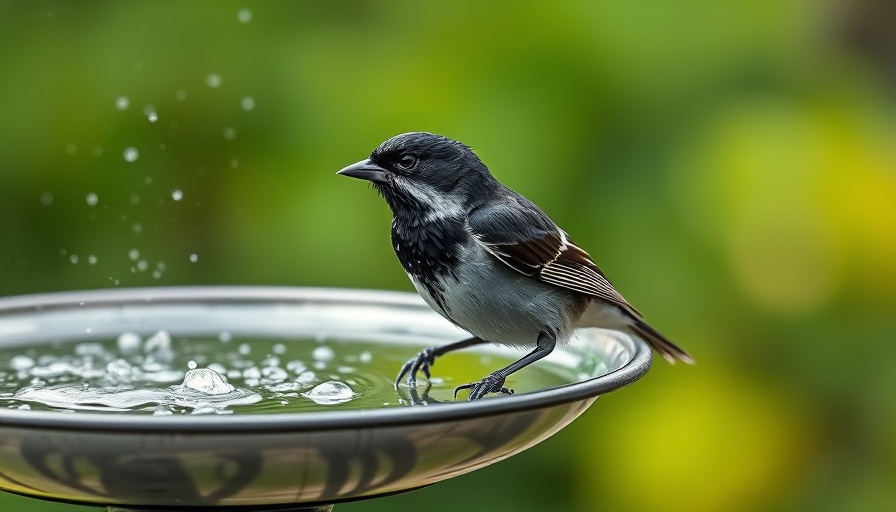
Revolutionizing Bird Flu Detection: A Promising New Biosensor
At Washington University in St. Louis, researchers are making significant strides in public health technology by developing a biosensor that can detect bird flu infections in less than five minutes. This breakthrough is a game-changer compared to traditional methods that can take over ten hours for results. With bird flu posing a serious threat to both poultry farmers and public health, this advancement comes at a crucial time.
Why Speed Matters in Virus Detection
The urgency of rapid virus detection cannot be overstated. As the H5N1 avian influenza virus continues to spread, causing the culling of millions of birds and soaring egg prices, the ability to quickly identify and respond to outbreaks is vital. Rajan Chakrabarty, a professor at the university and a key contributor to this project, emphasizes, "Once the virus is present in the air, it's in trace amounts. We need to find it quickly to prevent further spread." By cutting down on detection time, the biosensor offers a powerful tool to mitigate outbreaks before they escalate.
A Comparison with Traditional Methods
Current methods of bird flu detection rely on polymerase chain reaction (PCR) testing, which can be labor-intensive and slow down emergency responses. The newly developed biosensor employs a capacitive detection technique that boasts high sensitivity, selectivity, and affordability. This is crucial for farmers who currently face the devastating consequences of outbreaks, including potential losses of entire flocks based on existing U.S. Department of Agriculture (USDA) policies.
Technical Details: How the Biosensor Works
This innovative biosensor is designed to be placed in ventilation systems, continuously monitoring the air for airborne pathogens. It utilizes a "wet cyclone" to sample the air, effectively capturing viral particles, and then analyzes them for the presence of H5N1. Notable innovations include the integration of specialized aptamers that bind to virus proteins, enhancing detection accuracy.
The Broader Implications for Public Health
The impact of this biosensor extends beyond poultry farms. By detecting not just H5N1 but potentially other viral strains and even bacteria in the air, it can serve as an invaluable tool for various sectors, including dairy farms and human public health settings. Rapid testing can lead to quicker quarantining and other biosecurity measures, ultimately protecting both animal and human populations.
Looking Ahead: Commercialization Efforts
Researchers are optimistic about introducing this biosensor to market within the next year. Collaborating with biotech firms like Varro Life Sciences, they aim to make the technology accessible for widespread use in agriculture. As farmers await innovative solutions to combat the challenges posed by avian flu outbreaks, this development not only promises faster detection but could significantly change how such viral threats are managed moving forward.
As the world continues to face emerging health threats, the work being done at Washington University exemplifies the intersection of science and practicality. The advances in biosensor technology represent a hopeful leap toward safeguarding public health in the face of evolving biological risks.
 Add Row
Add Row  Add
Add 




Write A Comment